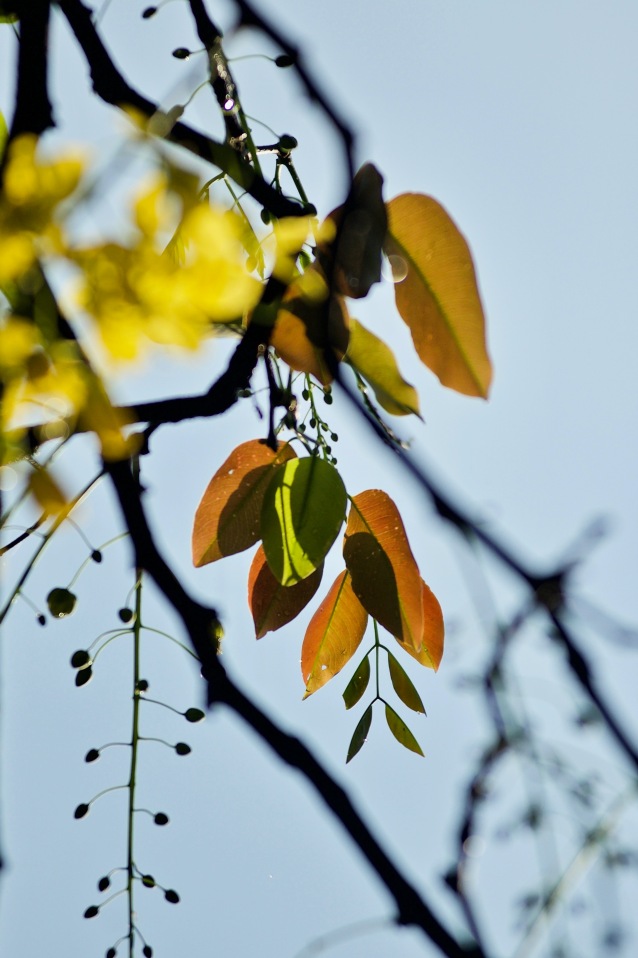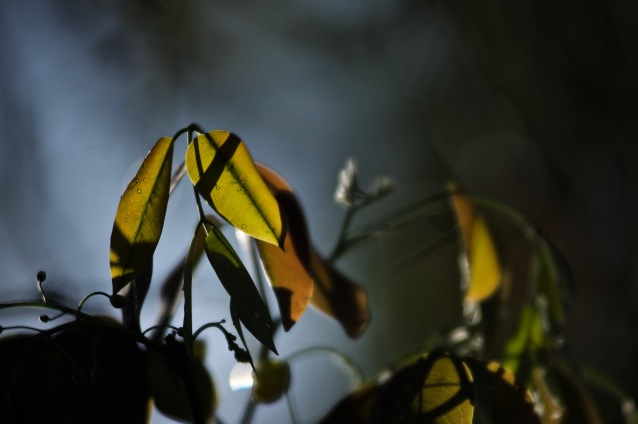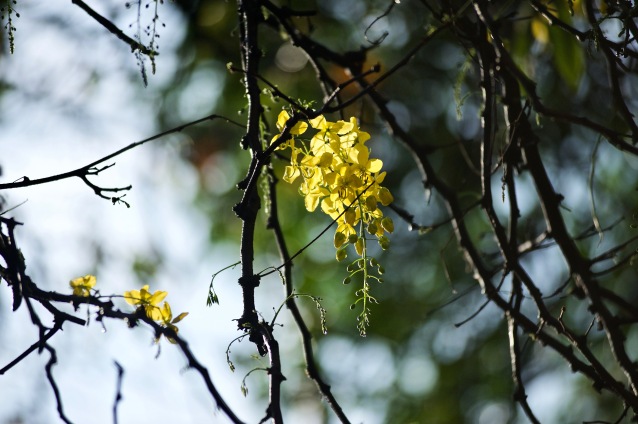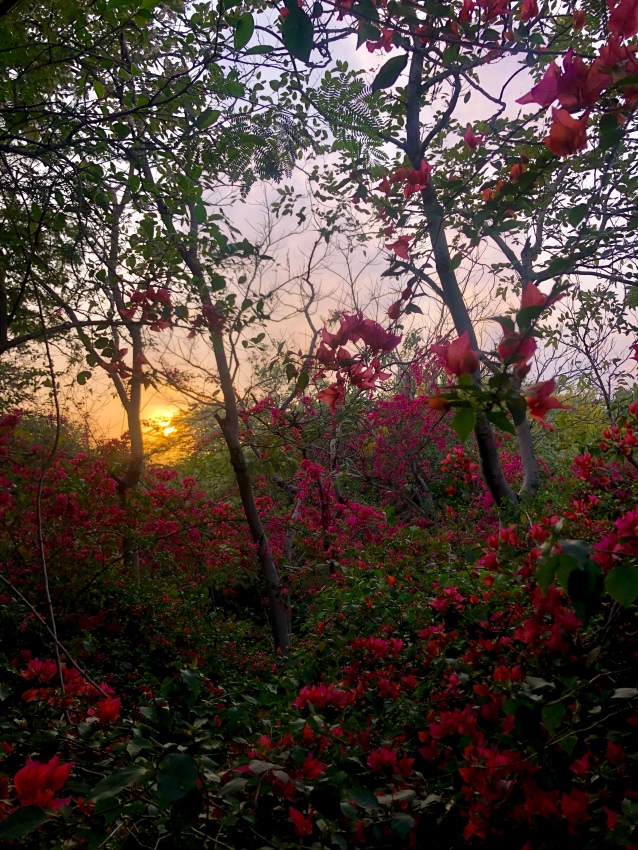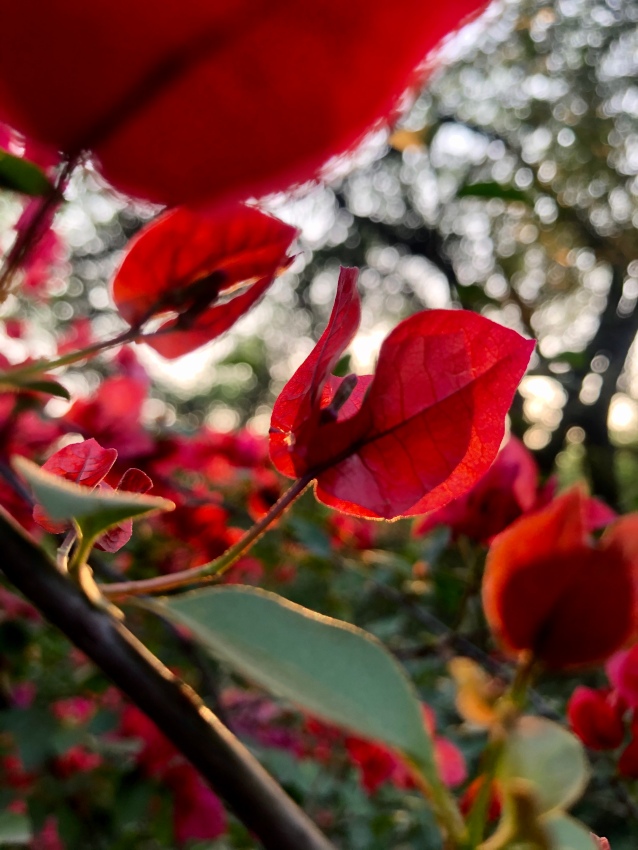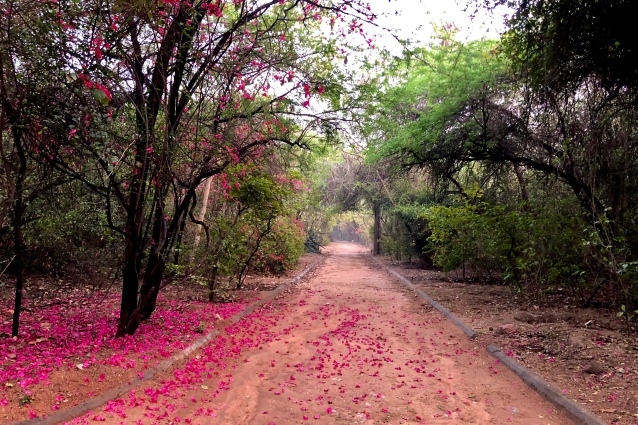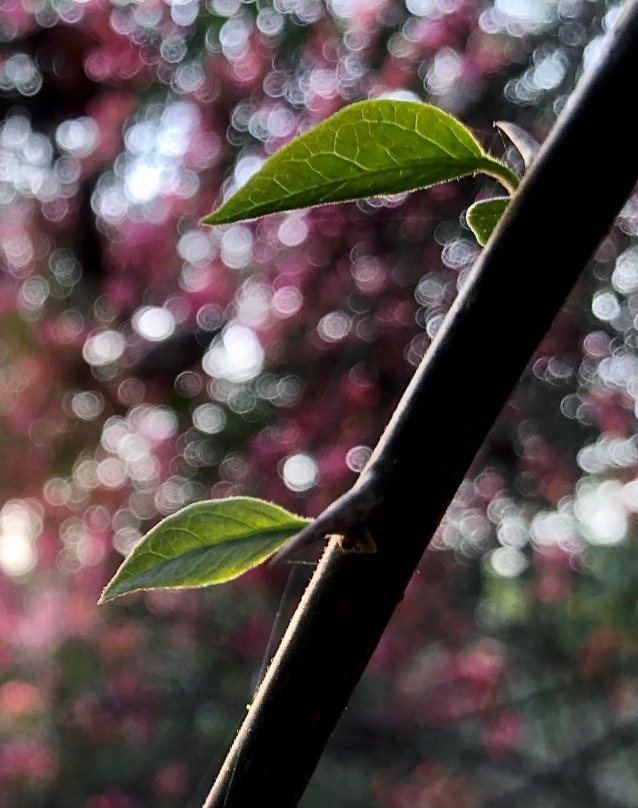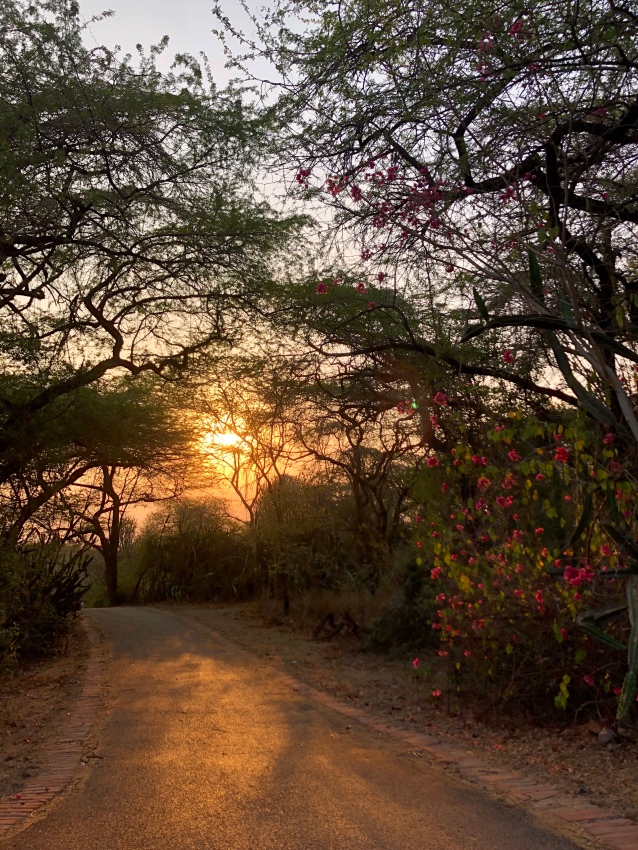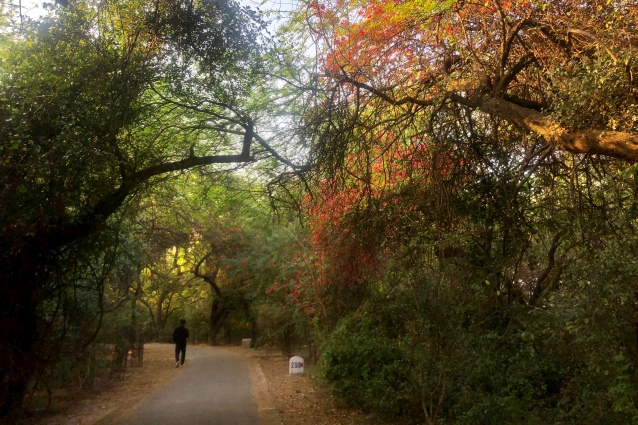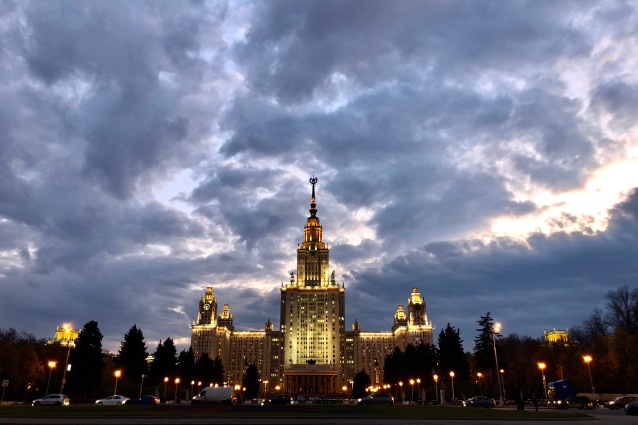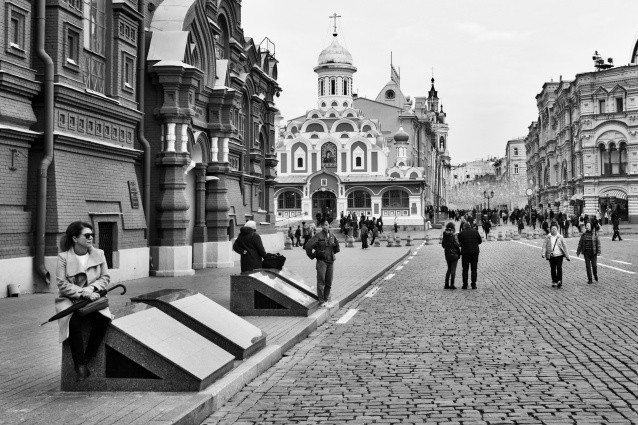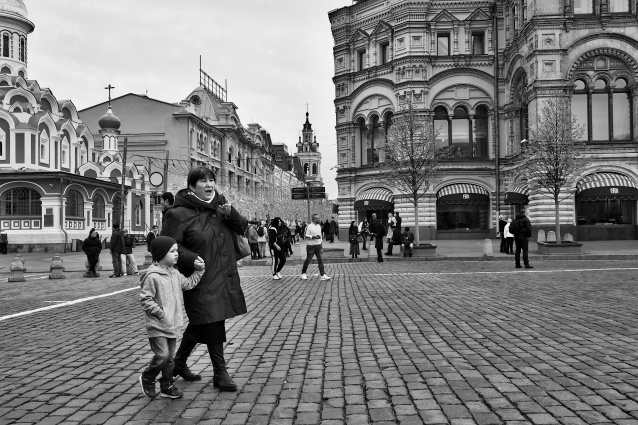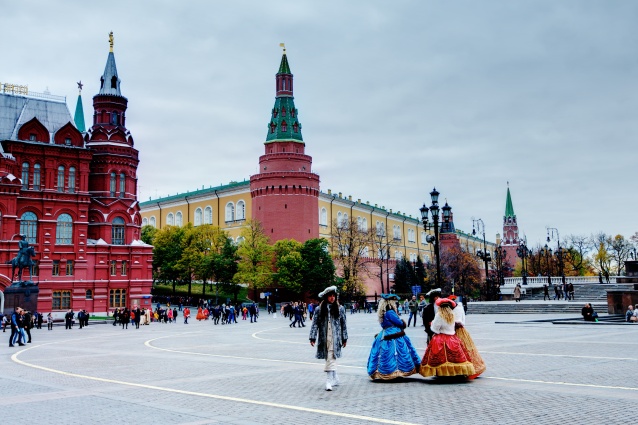What comes to mind when one thinks of Greece? For me, it was the Parthenon and Greek mythology, closely followed by images of gorgeous sunsets viewed across picture-perfect houses in white and blue. But we realised that there is so much more to Greece. And none as unique as Meteora – a world heritage site that many of us do not know about.
Imagine being parachuted into a valley where all around you are huge rocks strewn about like some giant decided to plonk them here while deciding what to do with them. Each rock is anywhere between 300-500 feet high. And if you peer up, you will see that many of these rocks have caves on their faces, and monasteries at their summits.
Please see the photos above this note to get a sense of the majesty of the place. Click on the individual photographs to view them in their actual size.
The story of Meteora starts around the 10th century, when a number of monks came here to meditate. In order to meditate undisturbed, they climbed into the many caves that pockmark the sheer rock faces & made their homes there. These monks would come down to the valley about once a week in order to pray together and partake of food that the villagers would provide them. Some of these caves were upgraded into mini-churches. The image below shows the remnants of such dwellings – the wood that you see is about 800 years old, cut out of the extremely durable local ash trees.
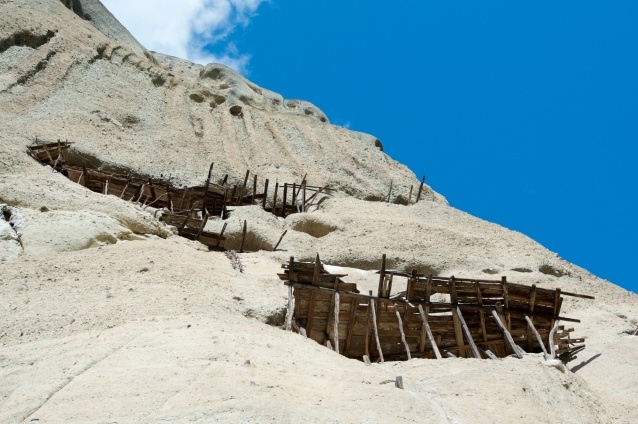
Over time, monasteries were constructed on top of the rocks. This was an extremely time-consuming and arduous task as all the material for the construction had to be carried up to the top of the rocks manually. At its peak, there were 24 monasteries operating in Meteora. Today there are 6 active monasteries present. Their main source of revenue, and hence survival, is tourism, so tourists can visit these monasteries and see how the monks and nuns lead their lives there.
Thanks to tourism, it is fairly simple to visit these monasteries, as long as you are ok to climb a few hundred steps carved out from the rocks. In the early days, the only way to enter the monastery was to climb into a net lowered down by rope by someone inside, & then be pulled up into the monastery.
While Meteora is impressive at any time, it is truly spectacular during sunset. So if you are planning to visit, it is ideal to spend a night there.
How to get there: The most convenient way is to take a train from Athens. The train we took leaves Athens at around 8.20am & reaches Kalambaka at 1.30. Kalambaka is the most convenient place to stay in, since the train stops there. It is a small town, right on the outskirts of the Meteora area. There is another town – Kastraki – that is also nearby.
If you are driving, it may be worth combining Delphi and Meteora together in a 3 day trip.
Where to stay: There are a number of hotels & B&Bs there. We stayed at the Hotel Dellas Boutique, and were very happy with it. Most of the hotels are walking distance from the railway station. Dellas Boutique is at a lovely location with great views of the valley, but it involved a bit of an uphill climb, so we took a taxi from the station (pretty cheap at 5 Euros or less).
Where to eat: Based on recommendations, we ate at two restaurants which is where apparently the locals go to eat. These were the Restaurant Meteora and the Restaurant Panellonia, & both were excellent. Be sure to try the house wine, which is usually served in a metallic mug.
Other tips: Unless you are driving, it makes sense to take one or more of the guided tours. We took two excellent tours, both conducted by Visit Meteora (https://www.visitmeteora.travel). We took the Sunset Tour on the first and followed it up with a half day morning tour the next. Between the two tours, all the monasteries and attractions are covered, & we get back in time to take the evening train back to Athens. If you have time, it may be a good idea to take one tour so that you get to learn about the place, and then follow it up by simply hiking to the various locations.
Best time to go: We went in the first week of April, & it was fairly cool (you need at least a light jacket even during the day) and pleasant, though cloudy. The peak season is during summer, though the photographs we saw of snow-covered Meteora makes me believe that it would be pretty cool to visit it in winter as well.
Fun facts: Meteora first entered international consciousness when some scenes of the 1981 James Bond movie “For Your Eyes Only” was shot here. More recently, parts of Games of Thrones were also shot here.
©2018 Jishnu Changkakoti. All rights reserved. No photograph or part of the blog may be reproduced without the express permission of the photographer and author Jishnu Changkakoti.

